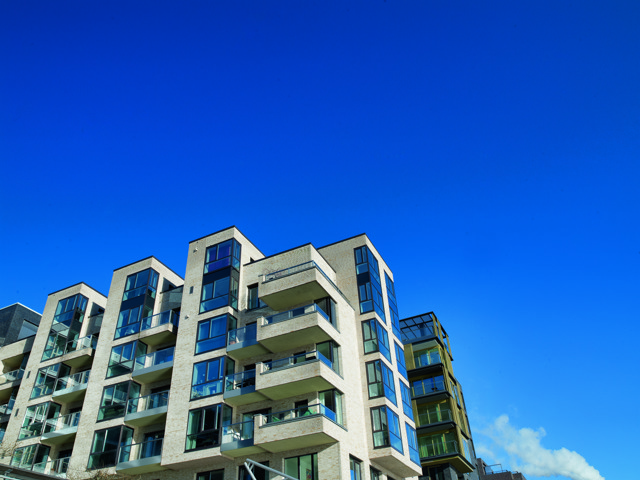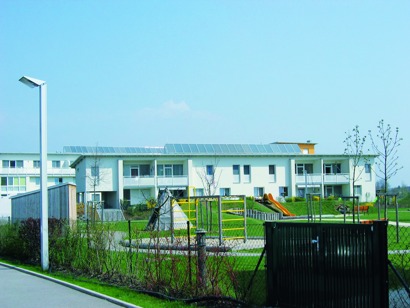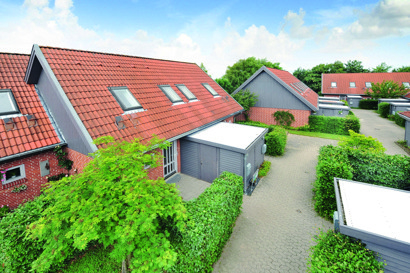Šta je dinamičko hidrauličko balansiranje?
Za razliku od statičkog balansiranja, slučaj delimičnog opterećenja se takođe razmatra u varijanti dinamičkog balansiranja. Korišćenjem dinamičkih balansnih ventila ili termostatskih ventila nezavisnih od pritiska, diferencijalni pritisak na radijatoru ili u liniji se može održavati konstantnim u celoj zgradi u svim uslovima opterećenja sa ovim rešenjem za balansiranje. Maseni tokovi se pravilno održavaju čak i pod delimičnim opterećenjem ili promenljivim uslovima opterećenja – otuda i naziv dinamičko balansiranje.

Kako povećati energetsku efikasnost sistema grejanja
Kod prelaska sa prirodnog gasa na daljinsko grejanje ili toplotnu pumpu postoje neki aspekti koje uvek treba da uzmete u obzir.




